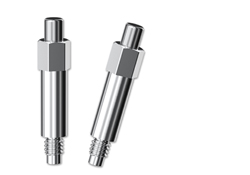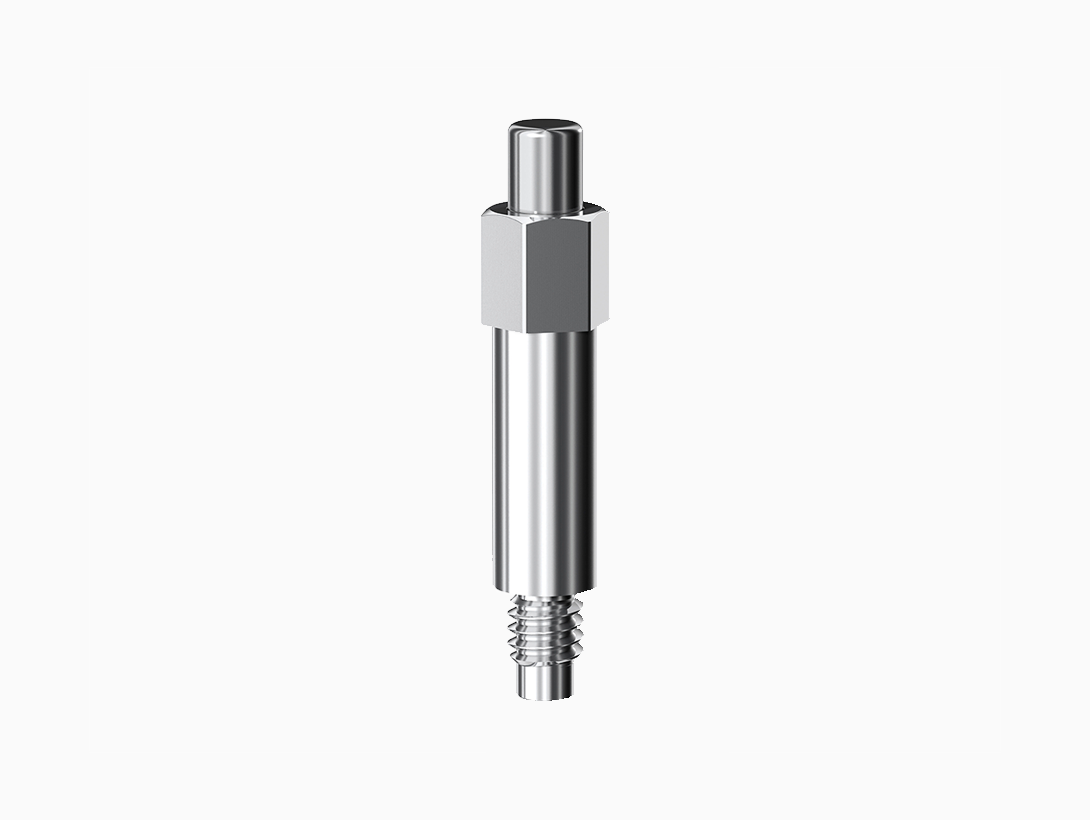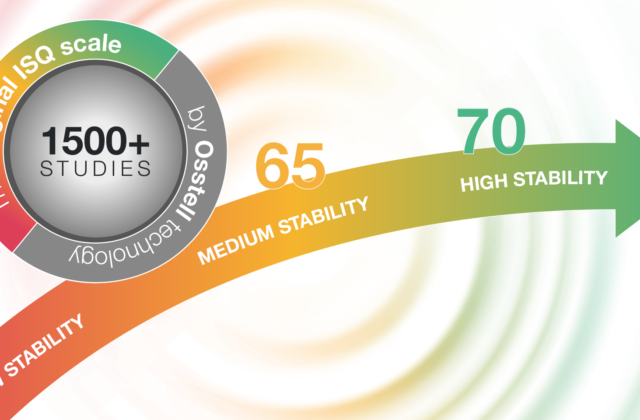

– The SmartPeg is made from soft aluminum. It must be much softer than the implant itself not to have any risk of damaging the implant and its connection. The wear and tear of aluminum is fast and visible after only a few inserts. The Osstell instrument will not provide accurate ISQ values if the connection with the implant is not 100%. Even very small changes will make a difference.
– Autoclaving is thought to speed up the wear and tear, but also the corrosion of the aluminum because of the rather extreme conditions during the autoclaving process.
– As the SmartPeg wears out, aluminum is “shaved off” in small tiny fragments – these will stay in the implant and its connection. What long term effects do they have? And what is the impact of the connection between the implant and the abutment? Most clinicians would try to avoid such situations, in any way they can. In our case: use a fresh SmartPeg.
– Since the data integrity cannot be guaranteed after repeated use and/or autoclaving, the method is only approved for use with new SmartPegs.
– There are of course other sterilization methods (cold), but they are not 100% in terms of sterilization, and the question of the mechanical wear and tear still remains.
– General hygienic standards would suggest that you want to avoid reusing material that have been exposed to biological tissue etc earlier. That is the direction of most healthcare is being developed, and the same in dentistry.
– Autoclaving is thought to speed up the wear and tear, but also the corrosion of the aluminum because of the rather extreme conditions during the autoclaving process.
– As the SmartPeg wears out, aluminum is “shaved off” in small tiny fragments – these will stay in the implant and its connection. What long term effects do they have? And what is the impact of the connection between the implant and the abutment? Most clinicians would try to avoid such situations, in any way they can. In our case: use a fresh SmartPeg.
– Since the data integrity cannot be guaranteed after repeated use and/or autoclaving, the method is only approved for use with new SmartPegs.
– There are of course other sterilization methods (cold), but they are not 100% in terms of sterilization, and the question of the mechanical wear and tear still remains.
– General hygienic standards would suggest that you want to avoid reusing material that have been exposed to biological tissue etc earlier. That is the direction of most healthcare is being developed, and the same in dentistry.


